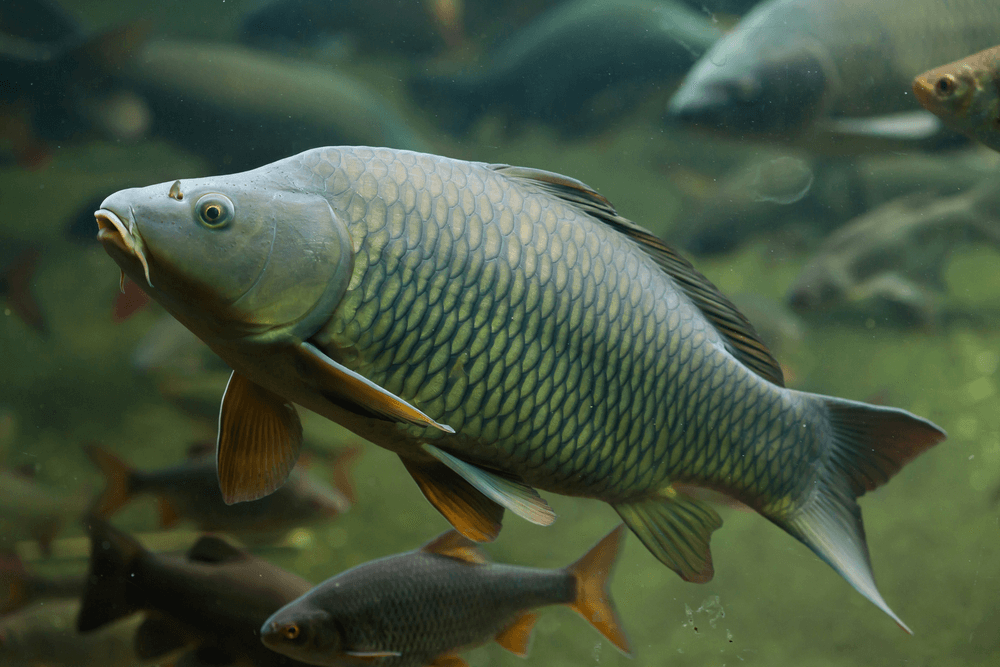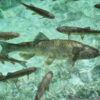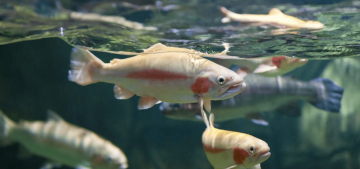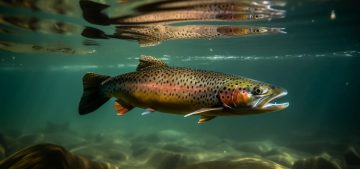The Future of Fish Data Collection: Embracing Digital Transformation
The fishing industry has long relied on traditional methods to collect data about fish populations, habitats, and industry trends. However, as global environmental and regulatory challenges grow, and as the industry becomes more competitive, it’s clear that the future of fish data collection lies in embracing digital transformation that includes fisheries software. With advancements in technology, such as automation, artificial intelligence (AI), and cloud-based systems, the fish industry is on the brink of revolutionizing how it gathers, processes, and uses data. Let’s explore how this shift is shaping the future of fish data collection and its potential to enhance sustainability, compliance, and operational efficiency.
The Need for Digital Transformation in Fish Data Collection
The fishing industry faces several challenges, including overfishing, climate change, and increasing regulatory demands for sustainability and transparency. Traditional methods of collecting data, such as manual logbooks and inspections, are often prone to errors and inefficiencies. Moreover, the pressure to maintain high fish stock levels while meeting consumer demands for transparency has never been greater. As the global market becomes more digitized, it’s imperative that the fish industry also adopt new technology to remain competitive, such as fisheries software.
The transition to digital data collection isn’t just about replacing pen-and-paper systems with their digital counterparts. It’s about creating smarter, more integrated systems that can deliver real-time insights, increase traceability, and help the industry meet sustainability goals. In essence, digital transformation is the key to unlocking more informed, data-driven decision-making in fisheries.
The Differences Between Digitization, Digitalization, and Digital Transformation
Before diving into how digital transformation will impact fish data collection, it’s important to differentiate between three commonly confused terms:
- Digitization refers to converting information from an analog format to a digital one. For instance, fish inspection logs that were previously written on paper can be digitized by transferring that information into a digital system.
- Digitalization is the process of using digital technology like fisheries software to improve processes. For example, using fisheries software that automatically tracks fish yields and quality in real-time.
- Digital Transformation involves a more profound change—overhauling how an entire business operates by leveraging digital technologies. It’s about rethinking the relationship between business processes and technology to create smarter, more responsive systems.
In the context of fish data collection, all three steps are important. First, existing data needs to be digitized; next, digital tools can streamline and improve data collection processes; finally, a full digital transformation allows businesses to use data in ways that fundamentally change how they operate.
How Digital Technologies and Fisheries Software are Improving Fish Data Collection
Real-Time Data Collection
One of the most significant advancements in fish data collection is the use of real-time data monitoring. Smart sensors, satellites, and mobile apps can now collect detailed data about fishing activities, fish populations, and environmental conditions on the go. This real-time data can be fed into centralized platforms, giving fishing operators an instant overview of their operations.
This capability is particularly useful for ensuring compliance with regulations, optimizing fishing routes, and reducing bycatch (the unintentional capture of non-target species). With real-time data collected from fisheries software, fishers and fishery managers can make more informed decisions that help to balance profitability with sustainability.
Automation in Data Collection
Automation plays a vital role in digital transformation. Automated data collection tools, such as electronic monitoring systems (EMS), can track every step of the fishing process, from the moment fish are caught to their delivery to the market. These systems can automatically log data such as the type of fish caught, the quantity, and even the exact coordinates where the fish were harvested.
By removing the need for manual data entry, automation reduces the risk of human error and ensures that data is consistently accurate. Additionally, it can significantly reduce the time spent on administrative tasks, allowing fishing companies to focus more on their core operations.
Advanced Analytics and AI
As fish data collection becomes more digitized, the sheer volume of data being collected grows exponentially. To make sense of this vast amount of information, companies are turning to advanced analytics and artificial intelligence (AI). AI can analyze data patterns that humans may not notice, helping to forecast fish migration, identify optimal fishing zones, and predict market trends.
Machine learning algorithms can also identify potential risks, such as overfishing in specific areas, and suggest corrective measures. In the long run, these AI-driven insights can lead to more sustainable fishing practices and better resource management.
Enhanced Traceability and Compliance
With growing consumer demand for sustainable and ethically sourced seafood, traceability has become a critical factor in the fishing industry. Digital platforms allow for end-to-end traceability, from the point of capture to the supermarket shelf. Every step in the supply chain can be documented digitally, providing complete transparency about where the fish came from, how it was processed, and if it meets sustainability standards.
Such traceability is essential for meeting international regulations and minimizing the risk of illegal, unreported, and unregulated (IUU) fishing. Digital data systems can instantly generate reports for regulatory bodies, reducing compliance burdens and ensuring that fishers are always on the right side of the law.
Cloud-Based Data Systems
Cloud computing is another major player in the future of fish data collection. Cloud-based systems allow fisheries to store and access data from any location, which is particularly beneficial for operations spread across multiple regions or countries. These systems also ensure that data is securely stored and can be easily shared among stakeholders, including government agencies, supply chain partners, and consumers.
By leveraging cloud technology and fisheries software, fishing companies can integrate various data sources, such as environmental data, market trends, and internal production metrics, to create a more holistic view of their operations. This helps them remain agile and adaptable in a rapidly changing industry.
Conclusion: A Future-Ready Fishing Industry
The future of fish data collection is undeniably digital. By embracing digital transformation, the fishing industry can unlock a host of benefits—from real-time monitoring and automation to enhanced sustainability and compliance. While the journey may seem daunting, the long-term rewards of increased efficiency, better decision-making, and stronger regulatory compliance make it well worth the effort.
As the industry continues to evolve, those who embrace digital transformation will be best positioned to lead the charge toward a more sustainable and profitable future in the fishing industry.







Add comment